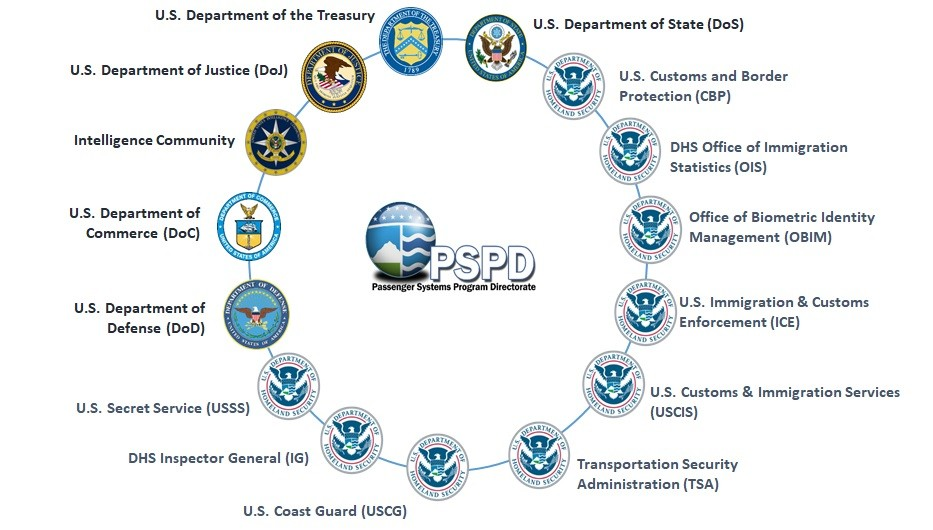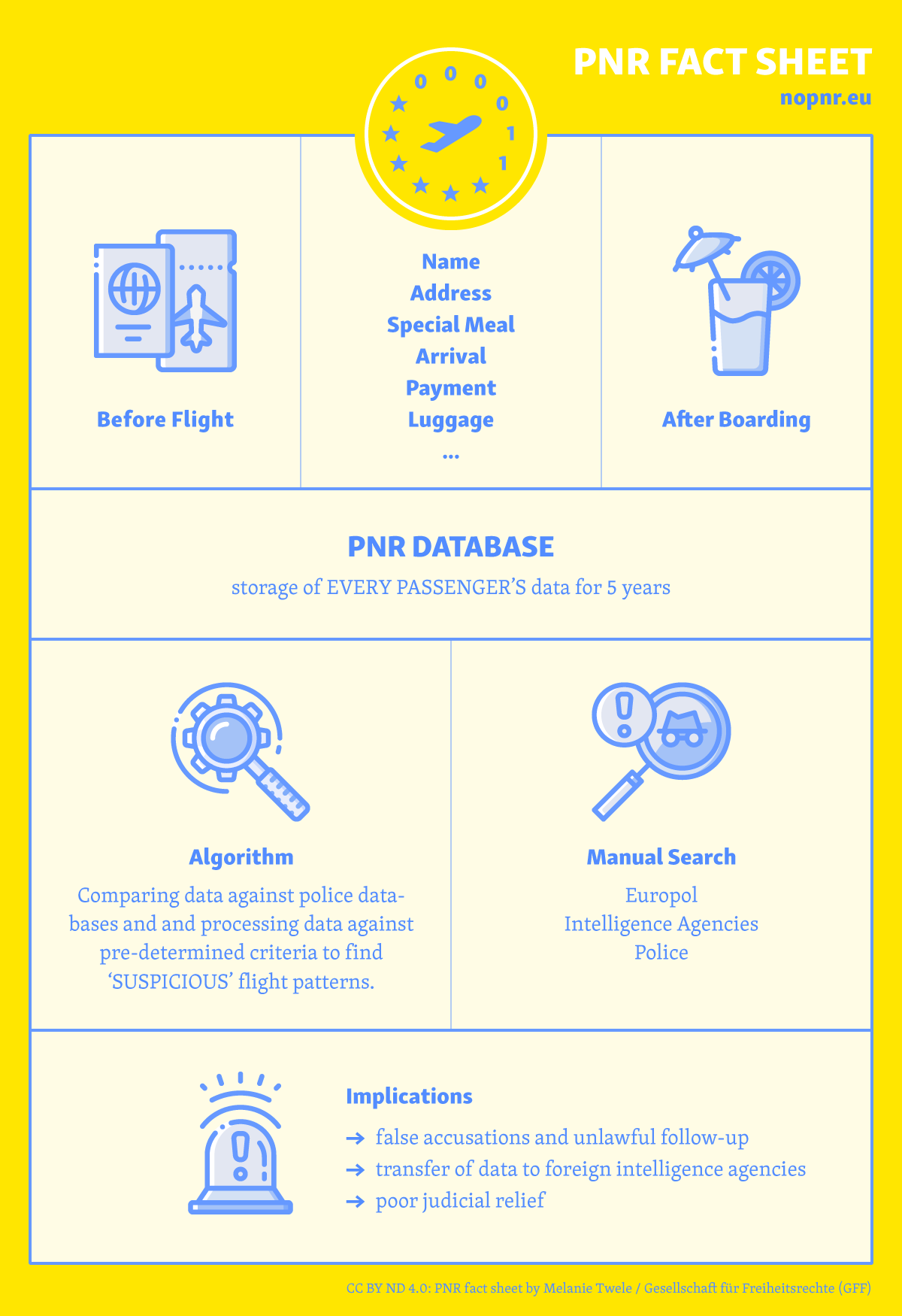Guilt by social media and cellphone association
Ismail B. Ajjawi, a Palestinian freshman admitted to Harvard College, arrived at Logan Airport in Boston last Friday, Lebanese passport and US student visa in hand.
But after Mr. Ajjawai complied with demands by US customs and immigration officers at the airport to unlock his cellphone and laptop, the officers read what his “friends” had posted on social media. Five hours later, after questioning Mr. Ajjawai about his religious beliefs and his friends’ political statements, the officers revoked Mr. Ajjawi’s visa on the spot, denied him entry to the US, and deported him back to Lebanon — at his own expense, of course, using the return ticket he was required to have before being allowed to board a flight to the US.
According to a report in the Harvard Crimson, which broke the story today:
“After the 5 hours ended, she called me into a room , and she started screaming at me. She said that she found people posting political points of view that oppose the US on my friend[s] list.” Ajjawi wrote that he told the officer he had not made any political posts and that he should not be held responsible for others’ posts. “I responded that I have no business with such posts and that I didn’t like, [s]hare or comment on them and told her that I shouldn’t be held responsible for what others post,” he wrote. “I have no single post on my timeline discussing politics.”
Harvard’s lawyers are working to get Mr. Ajjawi’s visa reinstated and get him admitted to the US. Most people turned away at US borders don’t have Harvard at their back, and are unlikely ever to be admitted to the US once they are branded as undesirable.
In a 2017 notice of intent to expand DHS surveillance of immigrants’ and visitors’ expressive activities on social media, the DHS claimed that “consular officers are directed not to request user passwords [and] not to violate or attempt to violate individual privacy settings or controls.” But that’s belied by what Mr. Ajjawi says happened to him at Logan Airport, according to the Crimson: “The … officer then asked him to unlock his phone and laptop, and left to search them for roughly five hours, Ajjawi alleges.”
It’s hard to imagine anyone from a place as politicized as Palestine (or Kashmir, or many other places) who doesn’t have any social-media “friends” who mention political opinions. The answer to social-media surveillance shouldn’t be that immigrants or visitors have to try to isolate themselves from politics or ostracize their political associates.
Rather, the lessons reinforced by this incident are that:
- Nothing good can come of consenting to any search by law enforcement officers, including searches of your digital devices. Border guards and customs and immigration officers are police, not your friends. Their job is to find reasons to suspect you or bar your entry. No matter how “innocent” you think you are, anything you or your “friends” say, or have ever said, can and will be used against you.
- If government officials have access to social-media networks of “friends”, associations, and messages, they will use this information invidiously. The way to prevent misuse of information about how travelers exercise their First Amendment rights of expression and association is not to allow police access to this information in the first place. Just say no to requests for your passwords or data.

